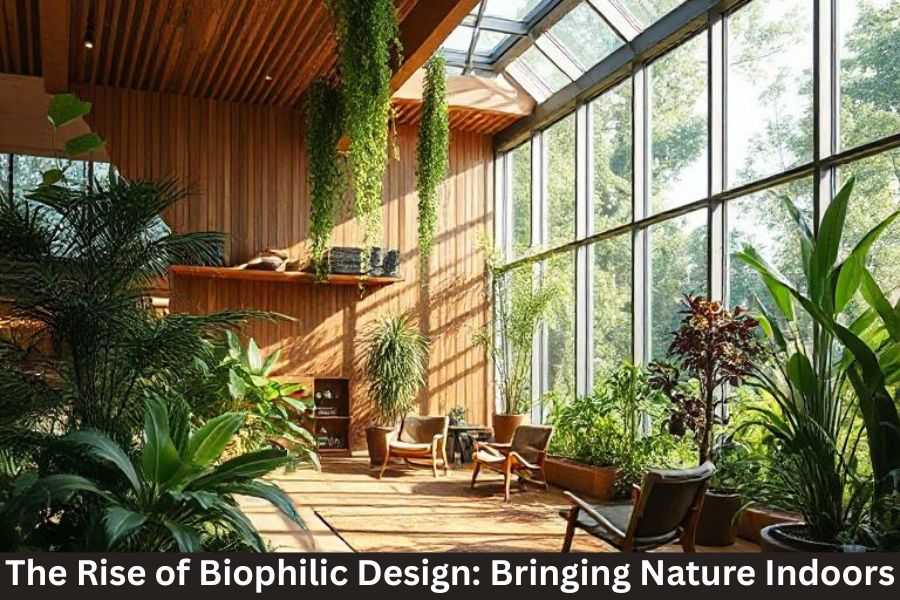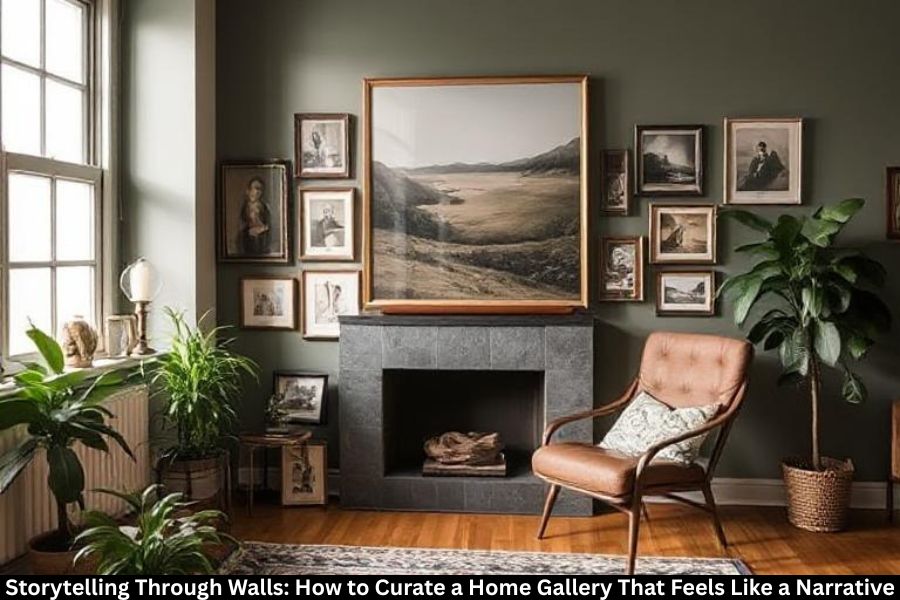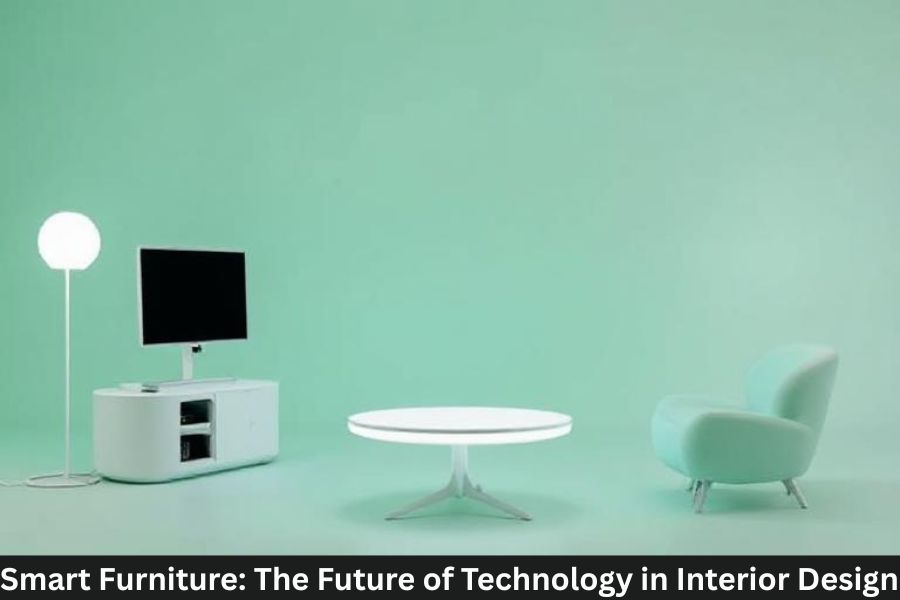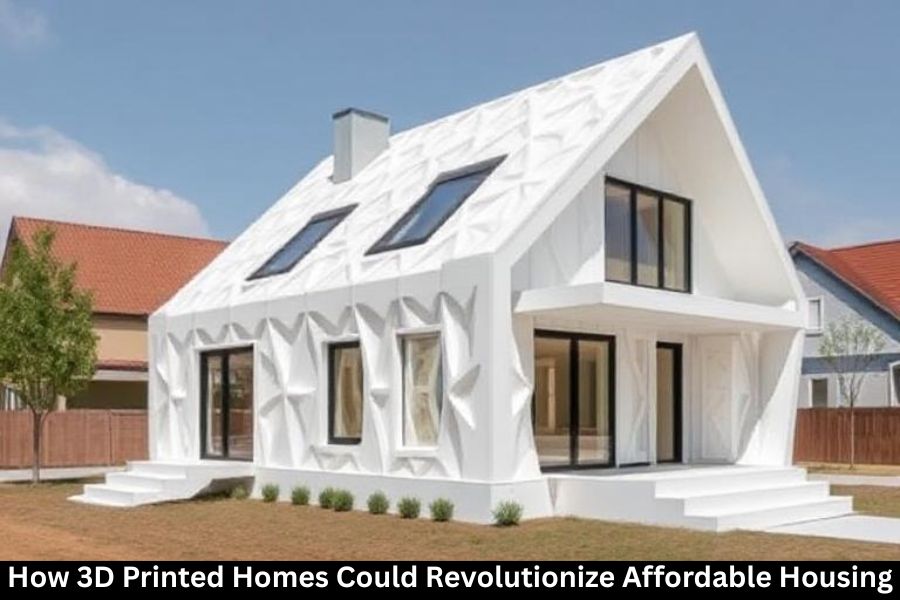Imagine walking into a room that instantly calms your nerves. The space is filled with lush greenery, warm natural light, and materials that seem to breathe life into the air. This isn’t a forest—it’s your living room, reimagined with biophilic design.
In a fast-paced, technology-driven world, people are increasingly seeking ways to reconnect with nature. Enter biophilic design: a growing movement that brings the outside in—literally and spiritually.
What Is Biophilic Design?
Biophilic design is an architectural and interior design approach that aims to connect people with nature in the built environment. The word “biophilia” means “love of life,” and the design reflects this by incorporating elements such as plants, natural materials, sunlight, and water.
The Origins and Philosophy Behind It
The concept of biophilia was first popularized by Edward O. Wilson, a Harvard biologist, who suggested humans have an innate affinity for nature. This theory was adopted by architects and designers to address the disconnect between people and their increasingly artificial environments.
Why Is Biophilic Design Gaining Popularity?
From wellness influencers to corporate executives, everyone is catching on. The pandemic forced millions to stay indoors, sparking a surge in home upgrades and a need for calming, organic spaces. Biophilic design meets that need perfectly.
The Psychological and Physical Benefits
- Reduces stress and anxiety
- Enhances creativity and productivity
- Improves air quality
- Supports mental clarity and focus
- Encourages a sense of well-being and peace
It’s not just a style—it’s a health investment.
How It Differs from Eco-Friendly Design
While both focus on sustainability, eco-friendly design prioritizes environmental impact (e.g., energy-saving appliances, recycled materials), whereas biophilic design focuses on human-nature interaction. Think experience over just efficiency.
Core Principles of Biophilic Design
- Direct Nature Experience – plants, light, water
- Indirect Nature Experience – natural materials, textures, and colors
- Space and Place Conditions – mimicking natural ecosystems and flows
Key Elements to Incorporate in Your Space
Let’s break down the essentials of a biophilic interior:
1. Indoor Plants: More Than Just Decor
Plants like peace lilies, snake plants, and philodendrons not only add visual beauty but also purify the air and reduce toxins.
2. Natural Light and Airflow
Large windows, skylights, and ventilated layouts support circadian rhythms and emotional health.
3. Organic Materials and Patterns
Wood, stone, bamboo, and cork, along with nature-inspired patterns, foster a feeling of authenticity and warmth.
Examples of Biophilic Design in Homes
- Living walls (vertical gardens)
- Indoor water features like tabletop fountains
- Furniture made from raw or reclaimed wood
- Natural fiber textiles (linen, hemp, jute)
These features enhance not only aesthetics but also comfort and health.
Biophilic Workspaces: Boosting Employee Well-being
Many companies now design offices with:
- Indoor plant installations
- Nature-themed breakout zones
- Natural ventilation
- Organic textures and color palettes
Such workspaces reduce sick days and increase productivity and job satisfaction.
Biophilic Design in Urban Architecture
Cities are catching on too. Think:
- Rooftop gardens
- Green facades
- Courtyards in apartment complexes
- Nature-centric public spaces
Biophilic design is becoming a tool for urban healing.
Tips to Get Started at Home
- Start small with potted plants
- Use diffused daylight instead of harsh bulbs
- Add artwork featuring landscapes
- Choose earthy tones and textured materials
You don’t need a full renovation. Start with what you have.
Challenges in Implementing Biophilic Design
- Maintenance of living elements
- Cost of natural materials
- Limited sunlight in urban buildings
Still, creative design can overcome most of these.
Future Trends in Biophilic Design
- Smart biophilic homes: tech-integrated plant care
- AI-powered lighting systems that mimic sunrise/sunset
- 3D-printed natural textures in decor
- Virtual biophilia: immersive nature via VR
Conclusion
Biophilic design is not a fleeting trend—it’s a fundamental shift in how we create and interact with spaces. By embracing nature indoors, we’re not just enhancing our homes and offices—we’re improving our health, mindset, and quality of life.
So next time you redecorate, ask yourself: What would nature do?
FAQs
Q1: Is biophilic design expensive to implement?
Not necessarily. Many aspects, like plants and natural textures, can be affordable and scalable.
Q2: Can biophilic design work in small apartments?
Absolutely! Even a few small changes, like indoor plants and natural fabrics, make a big difference.
Q3: What’s the difference between biophilic and green design?
Green design focuses on sustainability; biophilic design focuses on the human experience with nature.
Q4: What rooms benefit most from biophilic design?
Living rooms, home offices, and bedrooms benefit greatly from calming, nature-inspired features.
Q5: Are there any tech tools that support biophilic design?
Yes, smart lighting, automated plant watering systems, and air purifiers all complement a biophilic environment.



